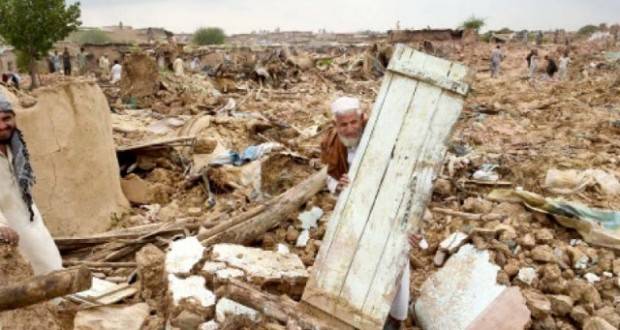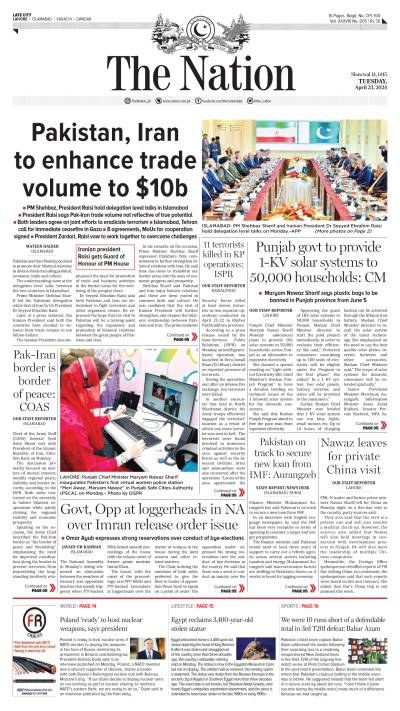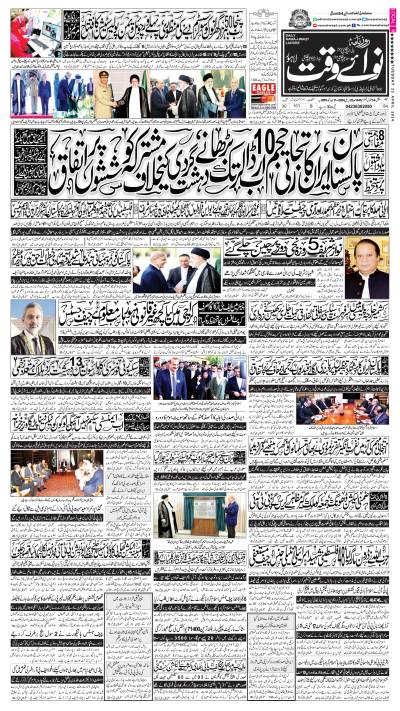First things first, I understand the pain of the capital's elite. When you dress up in your new Saville Row suit and drive down the city in your multimillion luxury car, the sight of some dirty ghareebs is unpleasant; especially when you are headed for a dinner at an exclusive restaurant. But while the country's urban educated elite is at it, has anyone wondered why the filthy poor have made this place in the capital their home? Why did they choose to build their tin roofed mud-brick houses here?
The answer is simple. They could not afford to buy a plot in DHA or Bahria and this piece of land was unoccupied. It may be difficult for many to understand, but the poor also need a roof. Just because someone cannot pay for a corner plot in the new DHA phase does not mean they have to live on the roads. Housing is a fundamental human right recognised the world over including the Universal Declaration of Human Rights under Article V which states, "access to a safe, secure, habitable, and affordable home with freedom from forced eviction. This right must be provided to all persons irrespective of income or access to economic resources."
The state has failed at providing affordable housing to its citizens and city planning has become an excuse, only to be used when a piece of land has to be freed up of the poor to make way for a rich man’s housing scheme. If the state had created opportunities for these poor families to have a roof over their heads, they would not have to live in informal settlements. It also needs to be clarified that informal settlements or slums are not illegal by definition. This land was not private property and therefore, the tin roof houses built over them were neither illegal nor encroachment.
As per electoral records, this locality has been home to more than 8,000 people for well over 30 years. An electoral register from 1986 clearly shows a list of inhabitants.

The two recurring themes in Pakistani elite’s commentary on the issue are (i) this locality is home to illegal Afghan refugees and they must go back and (ii) the locality is breeding ground of terrorism and criminal activities. While our urban elite is quick to jump to stereotypical racism, they will be disappointed to know that the CDA has confirmed that the residents of this locality, named as Afghan Basti, are all Pakistani citizens. We should all also be mindful of the fact that it was our shenanigans with the imperial powers in the 1970s which made the Afghanis migrate into Pakistan. The claim of these slums being terrorist hubs is an interesting one. Neither Osama Bin Laden nor Khalid Sheikh Muhammad, the two top men in Al Qaeda, were captured from slums. They were both found being hosted in formal establishments in ‘mainstream’ Pakistan by those who can afford a luxurious house for themselves. Similarly, it was Punjab University and UET in Lahore, the hostels of which were used to host a number of notorious terrorists. Did anyone call for bulldozing these establishments? The CDA has turned a blind eye to more than 200 illegal and unregistered madressahs being operated in the capital, of which most have been declared sensitive. This also includes the Lal Masjid and Jamia Hafsa, built on illegally encroached land which CDA has failed to recover. However, the might of the state always works well on the poor.
While one cannot deny the importance of urban planning but documentary evidence shows that the CDA allotted this land to its employees in 1990, when it was already occupied for years. Earlier this week, CDA issued a notice to the inhabitants demanding a vacation on a three days’ notice with no offer of compensation and no plans to relocate the inhabitants. The locality was vacated using heavy machinery and violence, razing houses in the backdrop of tear gas shelling and crying citizens.
The question which Pakistan’s elite needs to answer is: where are these 8,000 people supposed to go? And it does not stop at Afghan Basti. According to various estimates, including a reliable one from UN Statistics Division report, as of 1990 nearly 78% of Pakistan’s population live in slums. According to a UN HABITAT report, 73% of Pakistan’s urban population lives in slums. What is the future of these millions of people? If we do not hold the state responsible for its failure over urban planning and creating affordable housing, using the poor as excuse and run away tactic will not work long enough.






